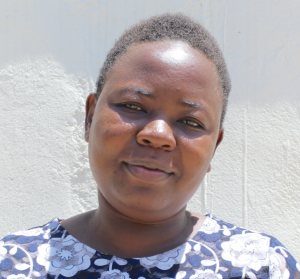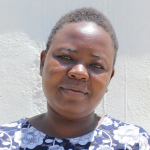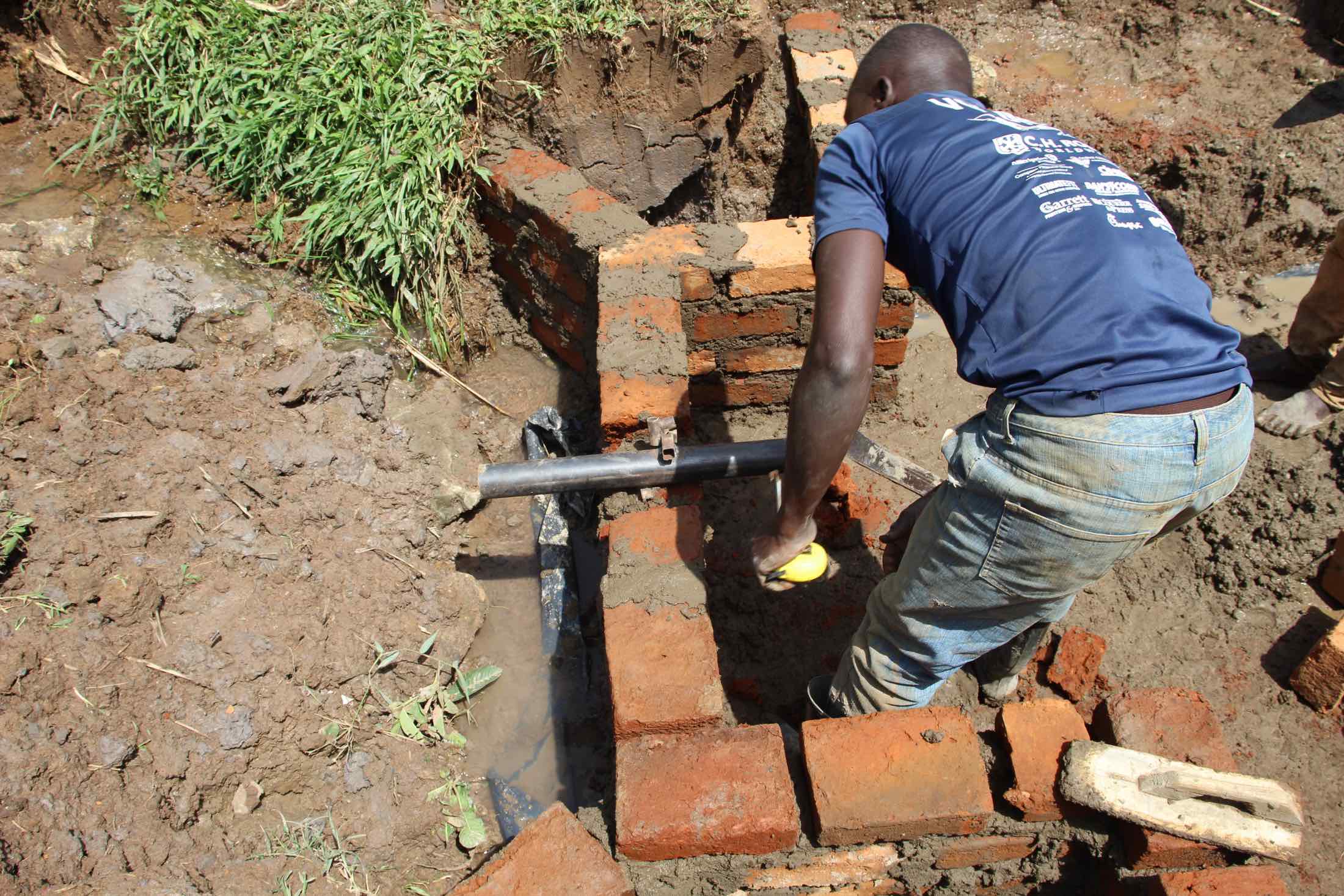"Finally, there is hope for a tree that has been cut; many people have promised to protect this spring, but all in vain. With your team, we know it will be done no matter how long it will take," said 28-year-old Mourine Munyanya, a farmer in Lusumu D Community, referring to Obuya Spring.
Obuya Spring is the main water source for 210 people here, but it does not provide clean or safe water. Because it is open to contamination, runoff from the rains carries soil, farm chemicals, animal waste, and other toxins straight into the spring's source. Animals walk straight through the water, drinking from the spring and leaving their waste around it or in the water. Families spend a lot of money on medication treating their waterborne diseases rather than doing the other development projects they never seem to get to.
When people get sick from drinking the spring water, they not only lose their resources trying to seek medical help, but they also miss out on productive time at work and school.
"We thank God for your coming. We shall be at school throughout [the year]; no more sicknesses and our performance will improve," said an optimistic Brian, a secondary school student in the community.
Obuya Spring's other major challenge is its poor accessibility. Community members tried to improvise a discharge pipe by sticking it into the earth where the spring originates, but the pipe is heavily corroded and jagged at the edges. Anyone who accidentally rests their hands on the pipe not only risks dislodging it but also a severe cut on their hand. The pipe does not capture all of the spring's output either, so the yield is limited and slows community members down as they line up to fetch water.
Around the pipe, a large pool of water several inches deep remains at all times since there is no drainage system. Community members have, at times, tried to place rocks in the water to help them stay above water level while they fetch, but the water level is always changing with the rains and seasons. The rocks are now just as slippery as the ground below them, so most people decide to wade through the water instead. It is an unpleasant and risky experience since some parasites and tapeworms live in the water and can be quite harmful if someone is bitten.
What We Can Do:
Spring Protection
Protecting the spring will help provide access to cleaner and safer water and reduce the time people have to spend to fetch it. Construction will keep surface runoff and other contaminants out of the water. With the community’s high involvement in the process, there should be a good sense of responsibility and ownership for the new clean water source.
Fetching water is a task predominantly carried out by women and young girls. Therefore, protecting the spring and offering training and support will help empower the female members of the community by freeing up more of their time and energy to engage and invest in income-generating activities and their education.
Training on Health, Hygiene, COVID-19, and More
To hold training during the pandemic, we work closely with both community leaders and the local government to approve small groups to attend training. We ask community leaders to invite a select yet representative group of people to attend training, which will then act as ambassadors to the rest of the community to share what they learn. We also communicate our expectations of physical distancing and wearing masks for all who choose to attend.
The training will focus on improved hygiene, health, and sanitation habits in this community. We will also have a dedicated session on COVID-19 symptoms, transmission routes, and prevention best practices.
With the community’s input, we will identify key leverage points to alter their practices at the personal, household, and community levels to affect change. This training will help to ensure participants have the knowledge they need about healthy practices and their importance to make the most of their water point as soon as the water is flowing.
Our team of facilitators will use a variety of methods to train community members. These methods include participatory hygiene and sanitation transformation, asset-based community development, group discussions, handouts, and demonstrations in the spring.
One of the most important issues we plan to cover is handling, storing, and treating water. Having a clean water source will be extremely helpful, but it is useless if water gets contaminated by the time it is consumed. The community and we strongly believe that all of these components will work together to improve living standards here, which will help to unlock the potential for these community members to live better, healthier lives.
We will then conduct a small series of follow-up training before transitioning to our regularly scheduled support visits throughout the year.
Training will result in the formation of a water user committee, elected by their peers, that will oversee the spring's operations and maintenance. The committee will enforce proper behavior around the spring and delegate tasks that will help preserve the site, such as building a fence and digging proper drainage channels. The fence will keep out destructive animals and unwanted waste, and the drainage will keep the area’s mosquito population at a minimum.

 Protected Spring
Protected Spring
 Rehabilitation Project
Rehabilitation Project


































